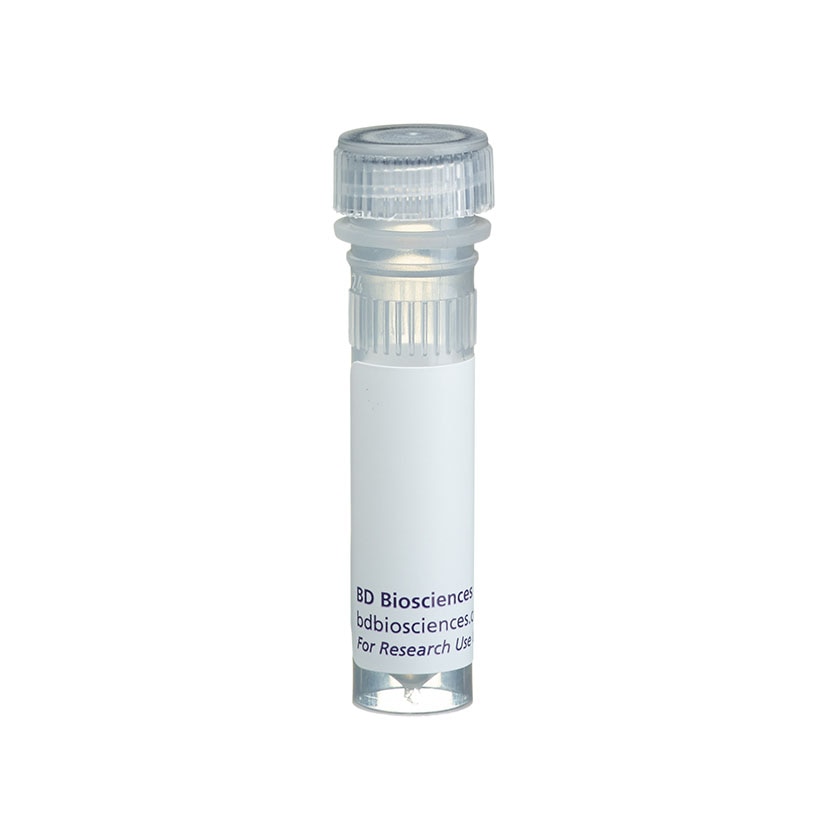-
Reagents
- Flow Cytometry Reagents
-
Western Blotting and Molecular Reagents
- Immunoassay Reagents
-
Single-Cell Multiomics Reagents
- BD® OMICS-Guard Sample Preservation Buffer
- BD® AbSeq Assay
- BD® Single-Cell Multiplexing Kit
- BD Rhapsody™ ATAC-Seq Assays
- BD Rhapsody™ Whole Transcriptome Analysis (WTA) Amplification Kit
- BD Rhapsody™ TCR/BCR Next Multiomic Assays
- BD Rhapsody™ Targeted mRNA Kits
- BD Rhapsody™ Accessory Kits
- BD® OMICS-One Protein Panels
-
Functional Assays
-
Microscopy and Imaging Reagents
-
Cell Preparation and Separation Reagents
Old Browser
Looks like you're visiting us from {countryName}.
Would you like to stay on the current location site or be switched to your location?
BD Pharmingen™ Biotin Rat Anti-Mouse TNF
Clone MP6-XT3 (RUO)


Regulatory Status Legend
Any use of products other than the permitted use without the express written authorization of Becton, Dickinson and Company is strictly prohibited.
Preparation And Storage
Recommended Assay Procedures
ELISA Detection: The biotinylated MP6-XT3 antibody is useful as a detection antibody for a sandwich ELISA for measuring mouse TNF protein levels. Biotinylated MP6-XT3 antibody can be paired with the G281-2626 antibody (Cat. No. 551225) as the capture antibody, and with recombinant mouse TNF (Cat. No. 554589) as the protein standard. Biotinylated MP6-XT3 antibody should be titrated (suggested range of 0.5-2.0 µg/ml) to determine optimal concentration for ELISA detection. A suggested range of mouse TNF protein concentrations to use, for obtaining a linear standard curve, is 15 pg/ml to 2 ng/ml of mouse TNF. This ELISA pairing is recommended primarily for measuring cytokine from cell culture systems. It is not recommended for the assay of serum or plasma samples. For measuring mouse TNF in serum or plasma, investigators may find BD OptEIA™ Cat. No. 555268, 558534 or 560478 to be helpful. Investigators may also find the protocols section for ELISA in the Immune Function Handbook, which is posted at www.bdbiosciences.com, to be helpful.
Note: Because recombinant mouse TNF appears to be labile at low concentrations (e.g., ng/ml), it is recommended that a primary TNF stock solution be maintained (4°C or -80°C) at a concentration of ≥ 10 µg/ml. When aliquots of this stock solution are diluted to working concentrations (e.g., ng/ml) just prior to the immunoassay, then reproducible TNF signal can be achieved.
Neutralization: NA/LE™ MP6-XT3 antibody (Cat. No. 554414) is useful for the neutralization of mouse TNF bioactivity.
Product Notices
- Since applications vary, each investigator should titrate the reagent to obtain optimal results.
- Caution: Sodium azide yields highly toxic hydrazoic acid under acidic conditions. Dilute azide compounds in running water before discarding to avoid accumulation of potentially explosive deposits in plumbing.
- Please refer to www.bdbiosciences.com/us/s/resources for technical protocols.
Companion Products






The MP6-XT3 antibody reacts with mouse TNF (TNF-α). Cross reactivity with lymphotoxin-α (LT-α ; TNF-β) has not been determined.
Development References (2)
-
Abrams J. Immunoenzymetric assay of mouse and human cytokines using NIP-labeled anti-cytokine antibodies. Curr Protoc Immunol. 2001; 1:6.20-6.21. (Biology: ELISA). View Reference
-
Abrams JS, Roncarolo MG, Yssel H, Andersson U, Gleich GJ, Silver JE. Strategies of anti-cytokine monoclonal antibody development: immunoassay of IL-10 and IL-5 in clinical samples. Immunol Rev. 1992; 127:5-24. (Biology: ELISA). View Reference
Please refer to Support Documents for Quality Certificates
Global - Refer to manufacturer's instructions for use and related User Manuals and Technical data sheets before using this products as described
Comparisons, where applicable, are made against older BD Technology, manual methods or are general performance claims. Comparisons are not made against non-BD technologies, unless otherwise noted.
For Research Use Only. Not for use in diagnostic or therapeutic procedures.
Refer to manufacturer's instructions for use and related User Manuals and Technical Data Sheets before using this product as described.
Comparisons, where applicable, are made against older BD technology, manual methods or are general performance claims. Comparisons are not made against non-BD technologies, unless otherwise noted.